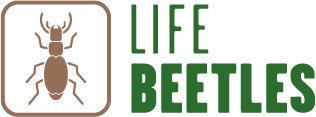Trechus terrabravensis
Ground Beetle
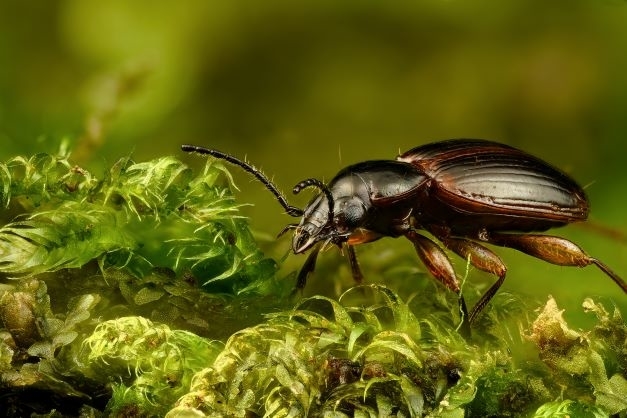
This small size apterous (with no wings) beetle, occurs deep inside hyper humid Laurissilva, in cracks and deep slits where the ground is covered by a dense carpet of mosses and ferns that do not allow light to reach the soil. Occurs on altitudinal range between 500 and 1000m. It feeds on live preys and also on decomposing organic matter. Despite its small size, with only about 0.35 cm, it still contributes to ecosystems, with its biocontrol functions, since it is a predatory species.
Curiosity
Unlike most other species of Trechus that occur in the Azores, this beetle lives on the surface and not in underground environments (for example, caves).
Taxonomy
Arthropoda, Insecta, Coleoptera, Carabidae
Distribution
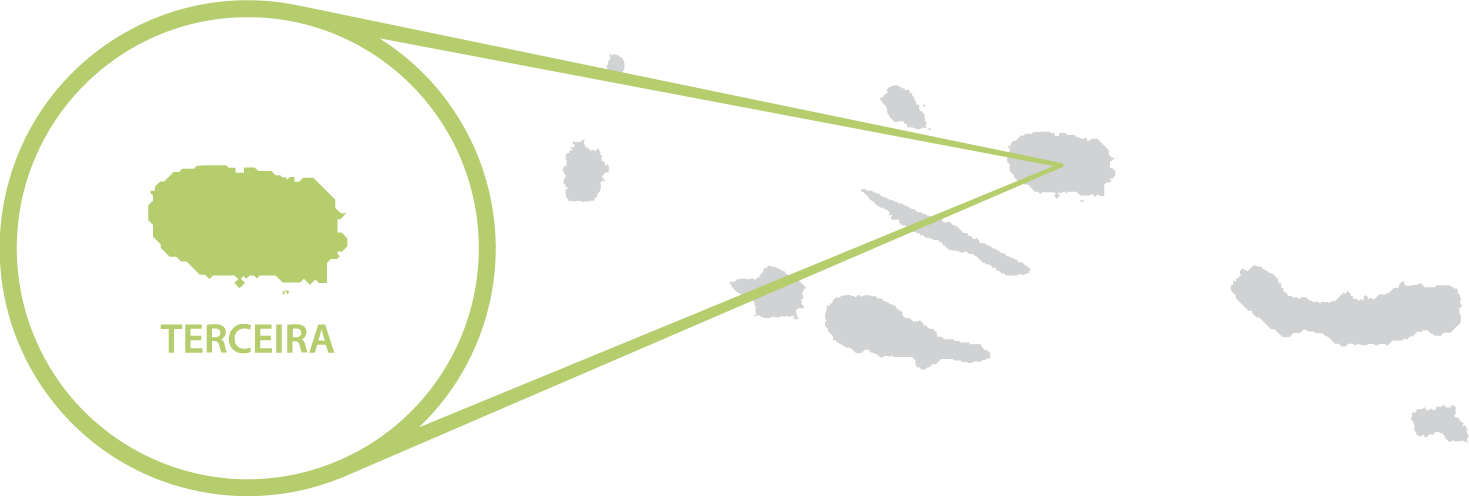
Altitude
300 - 1000 m
Length
3.5 mm
Conservation Status
IUCN: Red List - EN / Green Status - SD
Pseudanchomenus aptinoides
Ground Beetle
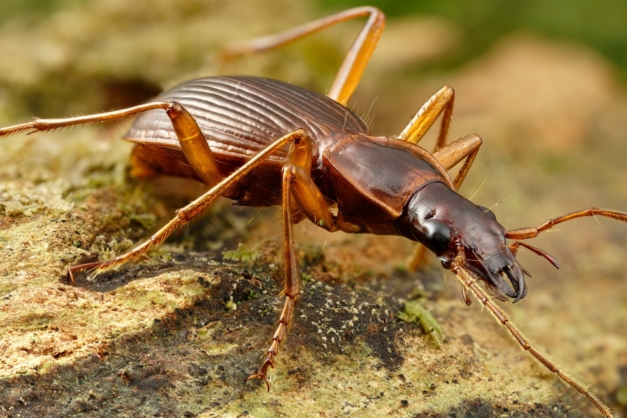
With only 12mm, this ground beetle has a thin, slender and fragile shape and reddish-brown coloration. It’s a small predator, lives in the soil and in the tree trunks of hyper humid forest on an altitudinal range between 800-1200m. Its more active during the night and to find it we will have to look on soil with deep cracks. It is more active between July and October.
Curiosity
It was first described from an individual collected in Furnas – São Miguel in 1867 and deposited in the Natural History Museum of Paris. However, after several scientific surveys in Furnas, no individuals have been found in the last 20 years and is considered potentially extinct in São Miguel
Taxonomy
Arthropoda, Insecta, Coleoptera, Carabidae
Distribution
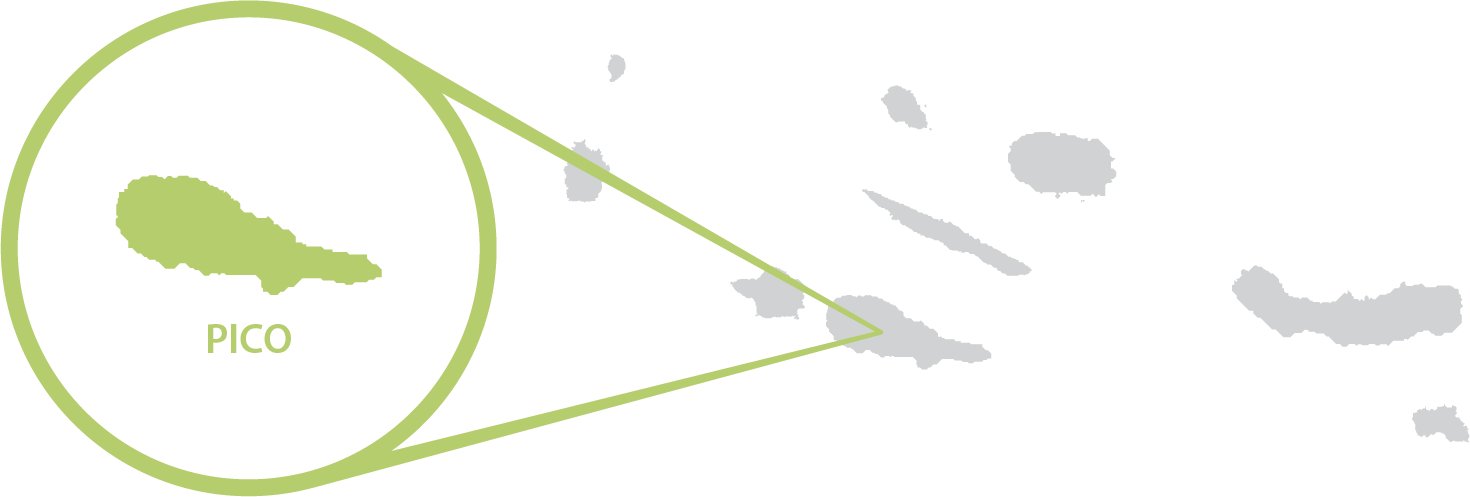
Altitude
800 - 1200 m
Length
12 mm
Conservation Status
IUCN Red List - CR
Tarphius floresensis
Ironclad beetle
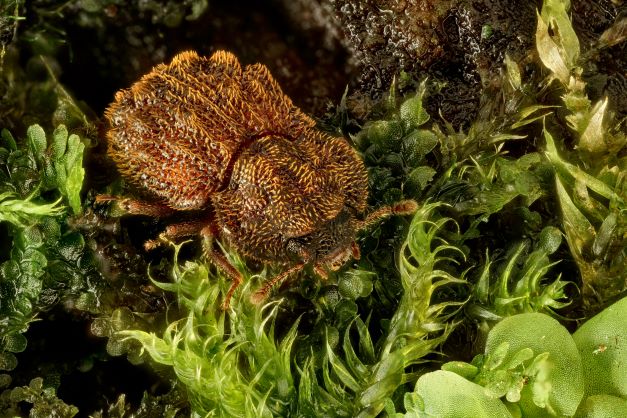
A small beetle, with only 0.27 cm medium size, with nocturnal habits, fungivorous (it feeds on fungi) and as such, contributing to the cycle of nutrients in ecosystems. The species occurs between 300 and 1000m altitude, lives in the soil of native forests and occurs on the trunk of endemic and exotic trees. It is distinguished from the other species of this project by the existence of small setae (a sort of bristle that occurs in insects) in the dorsal area, along the pronotum (“neck area”) and the elytra (hardened wings), giving this species a “hairy” look.
Curiosity
Frequently they are observed in group, feeding around white or brown spots of fungi on the litter, or on the dead logs in the native forest
Taxonomy
Arthropoda, Insecta, Coleoptera, Zopheridae
Distribution
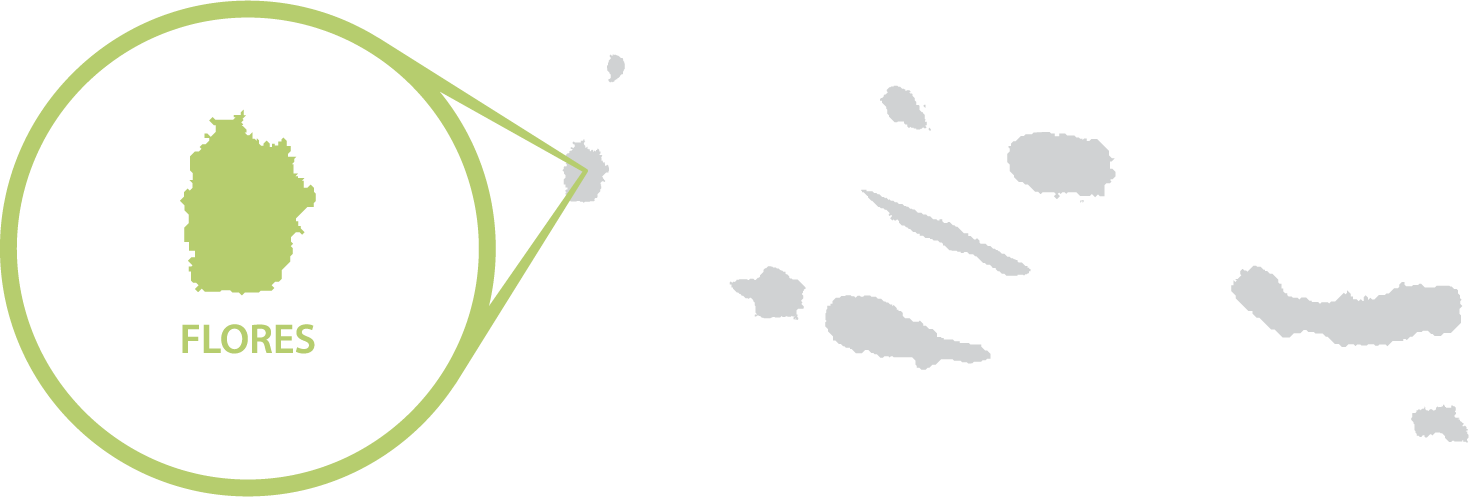
Altitude
500 - 1000 m
Length
2.7 mm
Conservation Status
IUCN Red List - CR
